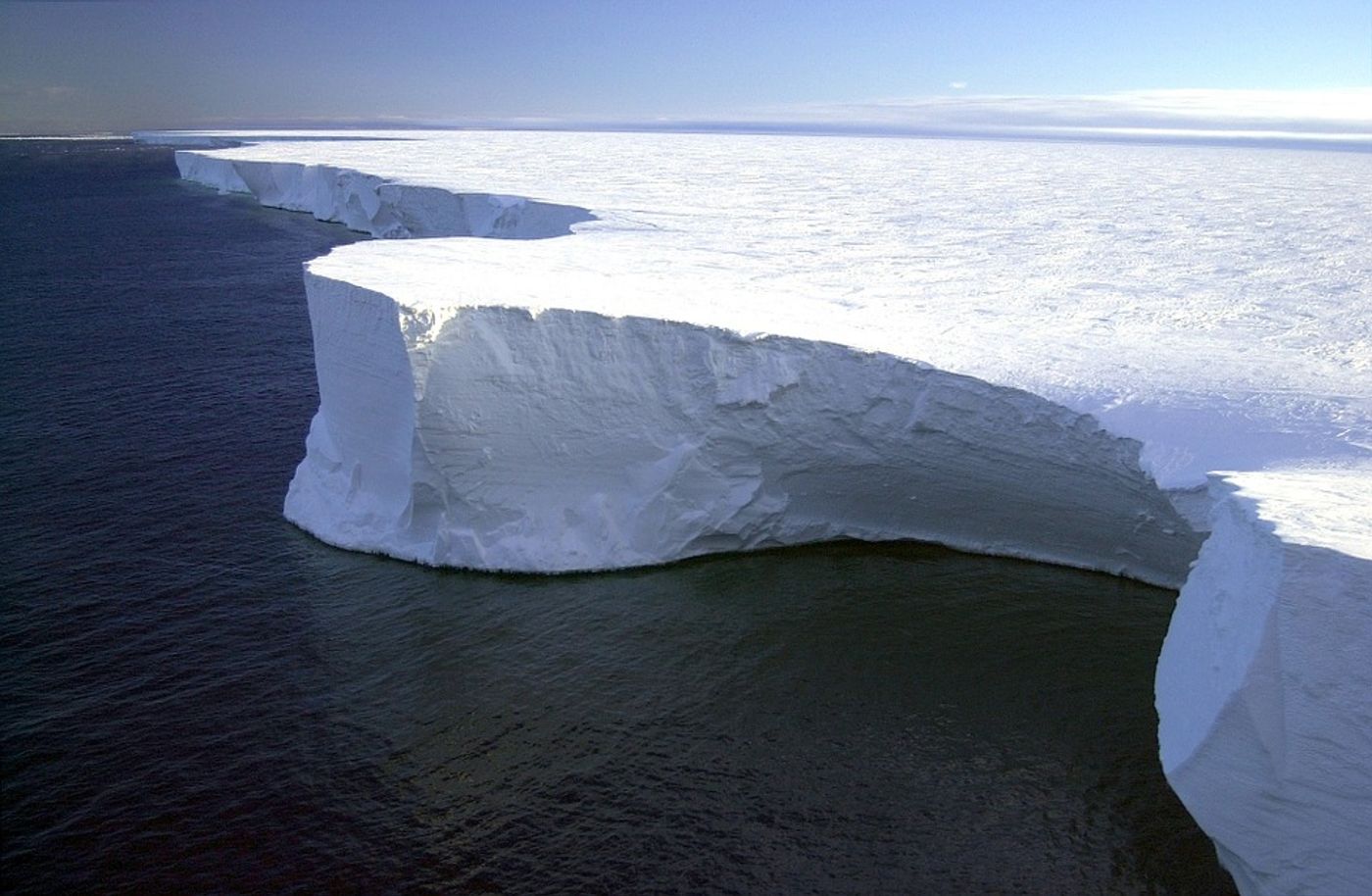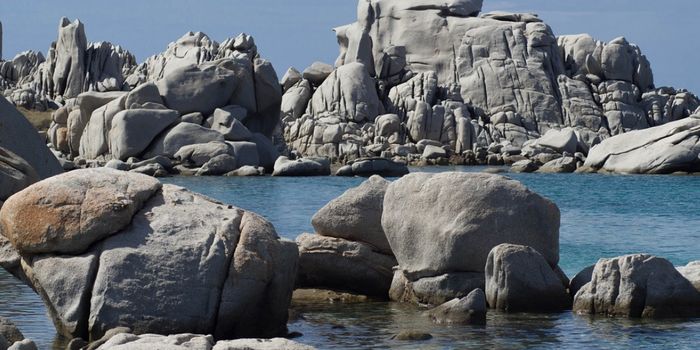Should we attempt to geoengineer the Antarctic ice sheet?
To be a scientist also is to be a dreamer – to think outside of the paradigms that we humans have constructed in order to break off into new dimensions, new galaxies, new innovations. Such inspiration for novelty sometimes comes from a place of desperation – at least that is the case with the new study that was published recently in both Science Advances and The Cryosphere. The study concerns the West Antarctic ice sheet – and its slow but steady demise.
In case you haven’t heard, the West Antarctica ice sheet isn’t doing so hot – or rather, it’s a little too hot. Warming ocean currents have been melting glaciers in the Amundsen Sea Sector of West Antarctica from underneath, which has already resulted in the most ice loss from the continent recorded to date. Of course, while this is directly linked to climate change, reducing our greenhouse gas emissions isn’t going to magically save Antarctica’s ice sheet. Though the damage might go slowly, scientists now know that a collapse is inevitable and when it does collapse, sea levels worldwide will rise by over three meters.
Perhaps it is this sheer daunting climate doomsday that is staring us in our collective world eye that made researchers from the Potsdam Institute for Climate Impact Research (PIK) think up such a crazy idea: stabilize the ice sheet by pumping trillions of tons of man-made snow onto the ice sheet. The snow, of course, will be made by pumping ocean water onto the glaciers and distributing it with snow canons, which will only take tens of thousands of wind turbines to generate enough electricity to uplift, desalinate, and heat the ocean water, not to mention power the snow canons. No biggie.
What about the pristine Antarctic, what some call the last true wilderness? Kiss that nostalgia goodbye. In regards to the consequences that their idea would have on the region, the PIK researchers are forthcoming: "We are fully aware of the disruptive character such an intervention would have," said co-author Johannes Feldmann. "Putting up such a wind farm and the further infrastructure in the Amundsen Sea and the massive extraction of ocean water itself would essentially mean losing a unique natural reserve. Further, the harsh Antarctic climate makes the technical challenges difficult to anticipate and hard to handle while the potential hazardous impacts to the region are likely to be devastating."
Devastating, but worth it? That’s the question that the authors want us to ask of ourselves.
"The fundamental trade-off is whether we as humanity want to sacrifice Antarctica to save the currently inhabited coastal regions and the cultural heritage that we have built and are building on our shores. It is about global metropolises, from New York to Shanghai, which in the long term will be below sea level if nothing is done" explains Anders Levermann, a physicist at the Potsdam Institute for Climate Impact Research (PIK) and Columbia University and one of the authors of the study. "The West Antarctic Ice Sheet is one of the tipping elements in our climate system. Ice loss is accelerating and might not stop until the West Antarctic ice sheet is practically gone."
"The apparent absurdity of the endeavor to let it snow in Antarctica to stop an ice instability reflects the breath-taking dimension of the sea-level problem," adds Levermann. "Yet as scientists, we feel it is our duty to inform society about each and every potential option to counter the problems ahead. As unbelievable as it might seem: In order to prevent an unprecedented risk, humankind might have to make an unprecedented effort, too."
Sources: Science Daily, Science Advances, The Cryosphere









